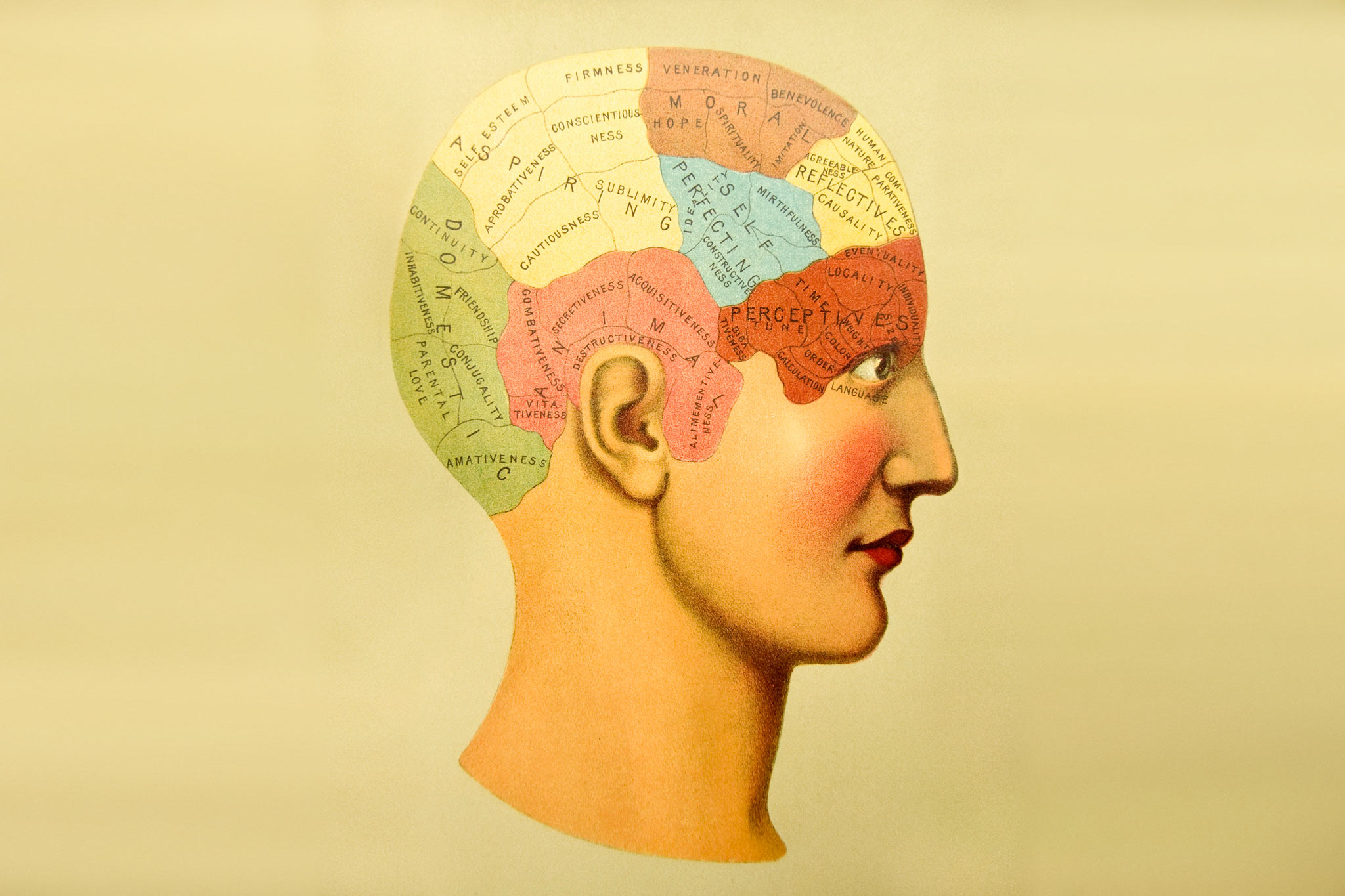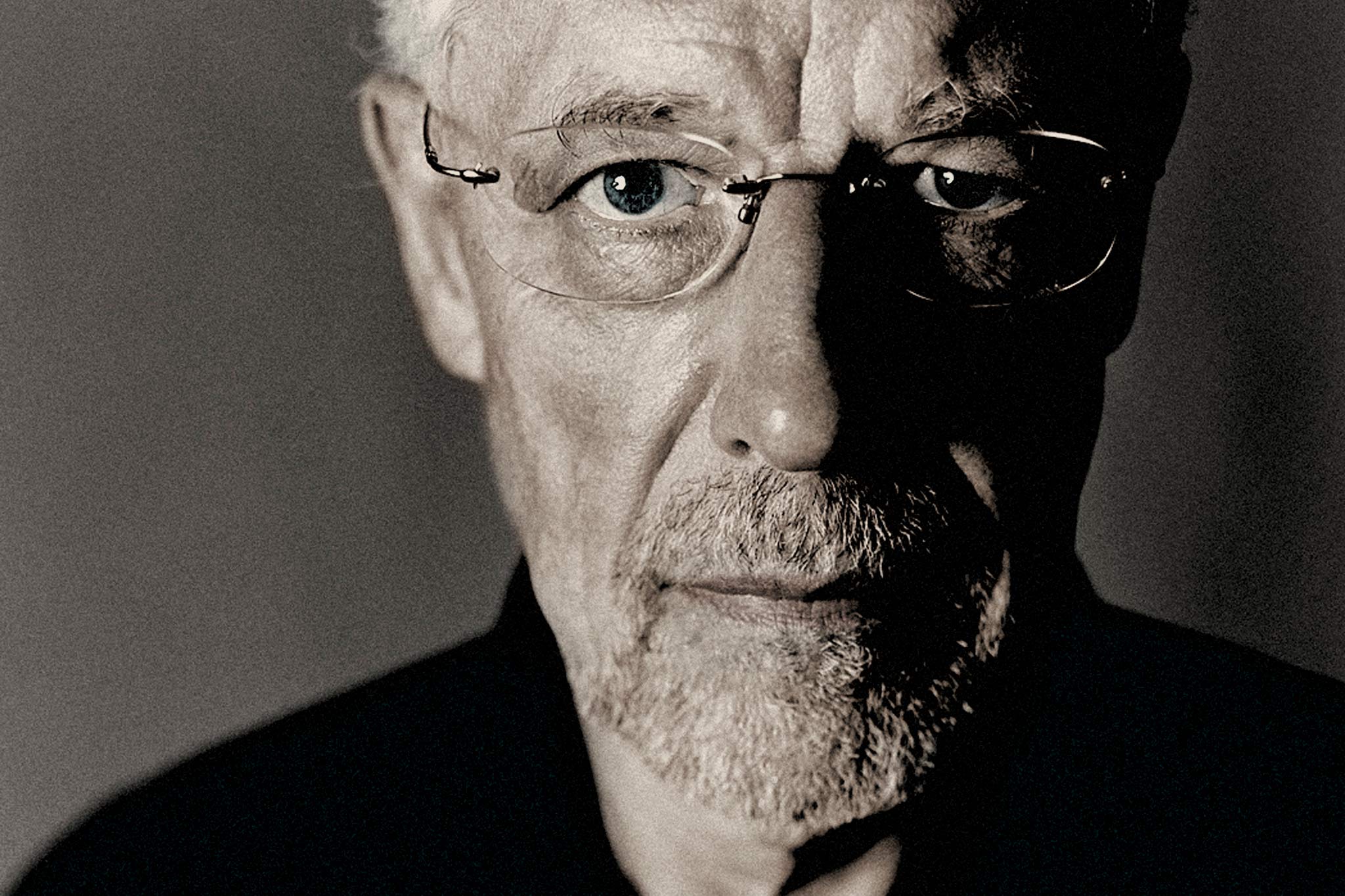“Man as a species has survived by being divided into what I have called pseudo species. First, each horde or tribe, class and nation, but then also every religious association has become the human species, considering all the others a freakish and gratuitous invention of some irrelevant deity. To reinforce the illusion of being chosen, every tribe recognises a creativity, a creation of its own, a mythology, and later a history: thus, loyalty to a particular ecology and morality secured.
From the Prologue of Identity: Youth and Crisis by Erik Homburger Erikson
One never quite knew how all the other tribes came to be, but since they did exist, they were at least useful as a screen of projection for the negative identities, which were the necessary, if most uncomfortable, counterparts of the positive ones. This projection, in conjunction with their territoriality, gave men a reason to slaughter one another in majorem gloriam.”
Scientific research usually takes its starting point in some interesting phenomenon. Hypotheses are formed and investigated. If seen as tenable, they lead to theories. Based on these, new beliefs and counter-hypotheses are formed, which are examined repeatedly to prove or reject the ideas. The most relevant research questions are: How the phenomenon arose, how it has developed, and what it has led to.
Below is a theory of some of man’s early psychological defences, so early that the individual who makes extensive use of them does so without knowing if they even exist. This, of course, also means you who are reading it now, and you have largely been a part of this as well.
Since the newborn infant has no structured experience of reality, everything flows through its biological sensors: the startling light, the strange sounds, all the cold and all the warmth, the painful and the soothing.
The child has moved from one universe to one completely different. Existence is sudden and intensively limited. One could define the immediate start of life as an autistic bubble or even a psychosis, a completely natural, total delusion that we all experience.
When the baby is gently placed at the mother’s breast, it inhales all the scents from the mother’s skin. The mouth is the infant’s main sensory outlet, and, as expected, the mother’s milk becomes another part of the baby; everything belongs to the child because there are no boundaries.
However, discovering that the universe is not boundless is not far away. The baby is removed from the mother’s skin; the strong scent disappears. The milk stops. The sounds and the tones from all the different voices change. The universal begins to fragment and crack in ways that can be perceived as startlingly threatening.
Can the newborn baby feel fear, even anxiety? Most likely, yes, although the term used by some psychologists is existential despair. Gradually, the child is also overpowered by the experience of powerlessness. It could be devastating if the child were just left as if it were a thing placed in a box somewhere.
But usually, the important things return: the mother’s skin and breasts, with their warmth and primitive experiences of being the child’s belongings, usually provide organic calm. Life’s journey between Good and Evil has thus begun, a trip that is always complicated and not easily forced. In this context, it may be appropriate to point out that the many adults who tell us they had a snug, safe and strife-free upbringing only express their idealised memories.
We remember what we want to remember, despite not knowing how our early childhood was shaped and the immediate physical effects it gave rise to. Clear memories require relatively advanced neuropsychological development, in which words and language must have begun to be established.
“One could define the immediate start of life as an autistic bubble or even a psychosis”
It gives the infant experiences of satisfied and frustrated desires to cope day after day. It would be next to impossible if not for the fact that the mother and other supplementary guardians (such as the father) undergo something similar.
The adorable little thing that seems to be smiling all day long is rarely in a constant mood, from the cute smile to the furious, painful scream; the sweet-smelling placid child to the kicking, flailing creature that defecates and urinates without warning.
The mother (along with other adult caregivers) is usually able to cope with and subdue these fragmented expressions; she holds the child more firmly in her arms and to her breasts, whereby it and the mother are united in what is called symbiosis; it works like a zipper when they knit closely with each other.
When this union is calm and most satisfying, the child activates an early, primitive defence mechanism, namely introjection. It means that even though the child cannot yet distinguish between yours and mine as most of its desires are dominated, it tries to devour and even more manifestly incorporate everything in its surroundings.
Above all, the mother’s breasts become the most sought-after object. They are nutritious and comforting, and the child does what it can usurp them by incorporating them as natural parts of its own body.
Even most of everything that seems available outside the child is introjected. In a psychological sense, the child is, for a moment, in its universe, trying to protect itself from the harsher, colder, and more challenging sides of existence.
But eventually, the child is overpowered by hunger and its inner bodily discomforts and pains. The contentment is replaced by a primitive physical rage that turns into a cascade of expressions: despairing screams, gushing tears, and cramped bodies.
Introjected parts that have become part of the child’s psyche must be thrown out. The breasts could be divided into one good and one evil. Many other things around the child, such as certain people’s odours and facial expressions, are a reminder that there is always the bad alongside the good.
Important point: because the child has introjected and digested most of what has come it is way, it quickly leads to immature fantasies that two or more different sides possess the child. It marks the beginning of an early “I” experience and the first step into psychological development. The second step quickly follows in a process dominated by a new psychological defence mechanism: projection.
Briefly, it could be projectile vomiting of the parts within the child that it does not want to deal with as a means of distancing itself from them. The bad must go, the good must remain, and, if possible, expand. It is not very easy and requires collaboration with the surrounding adult world.
“The many adults who tell us they had a snug, safe and strife-free upbringing only express their idealised memories”
It usually finds expression in showing displeasure at certain aspects of things that flow over it: strong light from a lamp, cold air from an open window, certain objects, people in the close circle, so also siblings and grandparents.
Thus, development also becomes a natural learning process: there are those others that you should avoid and keep at a distance. The adult world usually gives a good indication of the next defence mechanism to emerge, namely splitting.
It takes place unconsciously, as such things usually do, and is expressed as a clear division between what is completely acceptable and what I would rather not have anything to do with. It could apply to everything from cultural and societal perceptions via the news media or objects of one kind to people and other living things.
Splitting and projection gradually become established tools, and it begins at the infant stage and becomes a lifelong process aimed at building a solid identity. Splitting enables me to create antagonism between us to project what I want to get rid of onto you. If there is no natural enemy or scapegoat in my immediate vicinity, I am not slow to invent one or several.
During early adolescence, anyone who deviates from behavioural and/or appearance norms are suitable victims to put against the wall. On entry to higher education, freshmen face objectification in the form of derisive comments. In working life, this kind of thing is legion.
I am a good person who wants well, which unfortunately cannot be said of you. Or do I see myself as stronger and more insightful than you, as you don’t seem to be made of the same stuff as me, and I keep a firm distance from such others? There may also be occasions where I take liberties to criticise you, beat you down, even wipe you out, all so that you will not be able to invade me again in my now clean interior.
Humans move daily in environments where introjections, splitting and projections are constantly used, and it also applies to our collective communities.
The collective categorises both itself and other collectives. We are not like you. In a milder form, the rest of you belong to another club and another team. In a sharper and more serious condition, you belong to another species, nation, or race.
You not only have another language and another culture, but you are also different. We put up barriers, and we will throw you out if you still need to get on the right side of these. If necessary, we’ll use the sharpshooter method and liquidate you.
Through these primary psychological defences, we build social constructions that form social identifications that lead to something we all need and long for a reasonably stable identity.

